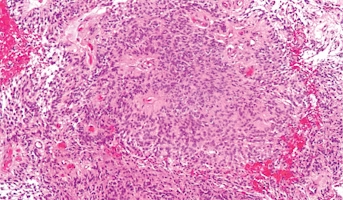Personalized Therapy for High-risk Ependymoma of Childhood
Email Principal Investigator

Vijay Ramaswamy
CBTN Specimen
CBTN Participants
CBTN Pre-clinical Models
Backer
Canadian Institutes for Health Research
About this
Project
Ependymoma is a common pediatric brain tumor and current treatments are limited to surgery and radiation even in very young children. Both supratentorial and posterior fossa ependymoma are relatively chemotherapy resistant and as such, new treatment options are greatly needed. In order to identify new targets for therapy, researchers have previously identified several signaling pathways, including the Ras/MAPK pathway, which are specific to ependymoma. Given these results, researchers hypothesize that targeting these pathways is a rational treatment approach for childhood ependymoma. This project aims to perform chemical and genetic screening of therapeutic vulnerabilities in childhood ependymoma models followed by experiments to validate any identified therapeutic options. The limited availability of high quality ependymoma models has held back the progress of this work, but samples provided by the Children’s Brain Tumor Network will fill this gap.
Ask The
Scientists
What are the goals of this project?
Researchers aim to perform chemical and genetic screening of therapeutic vulnerabilities in childhood ependymoma.
What is the impact of this project?
The identification of therapeutic vulnerabilities is the first step in the development of new therapies to treat ependymoma.
Why is the CBTN request important to this project?
We are requesting models of childhood ependymoma (both supratentorial and posterior fossa) which propagate in vitro, which are amenable to both chemical and genetic screening. As there is a paucity of ependymoma models that propagate in vitro, these will be extremely valuable to identify potential therapeutic targets which can be developed further.
Project
Results
Progress in this field has been held back by the lack of high quality samples, making the Children’s Brain Tumor Networks contribution particularly important.
Specimen Data
The Children's Brain Tumor Network will contribute to this project by providing cell lines.
Meet The


